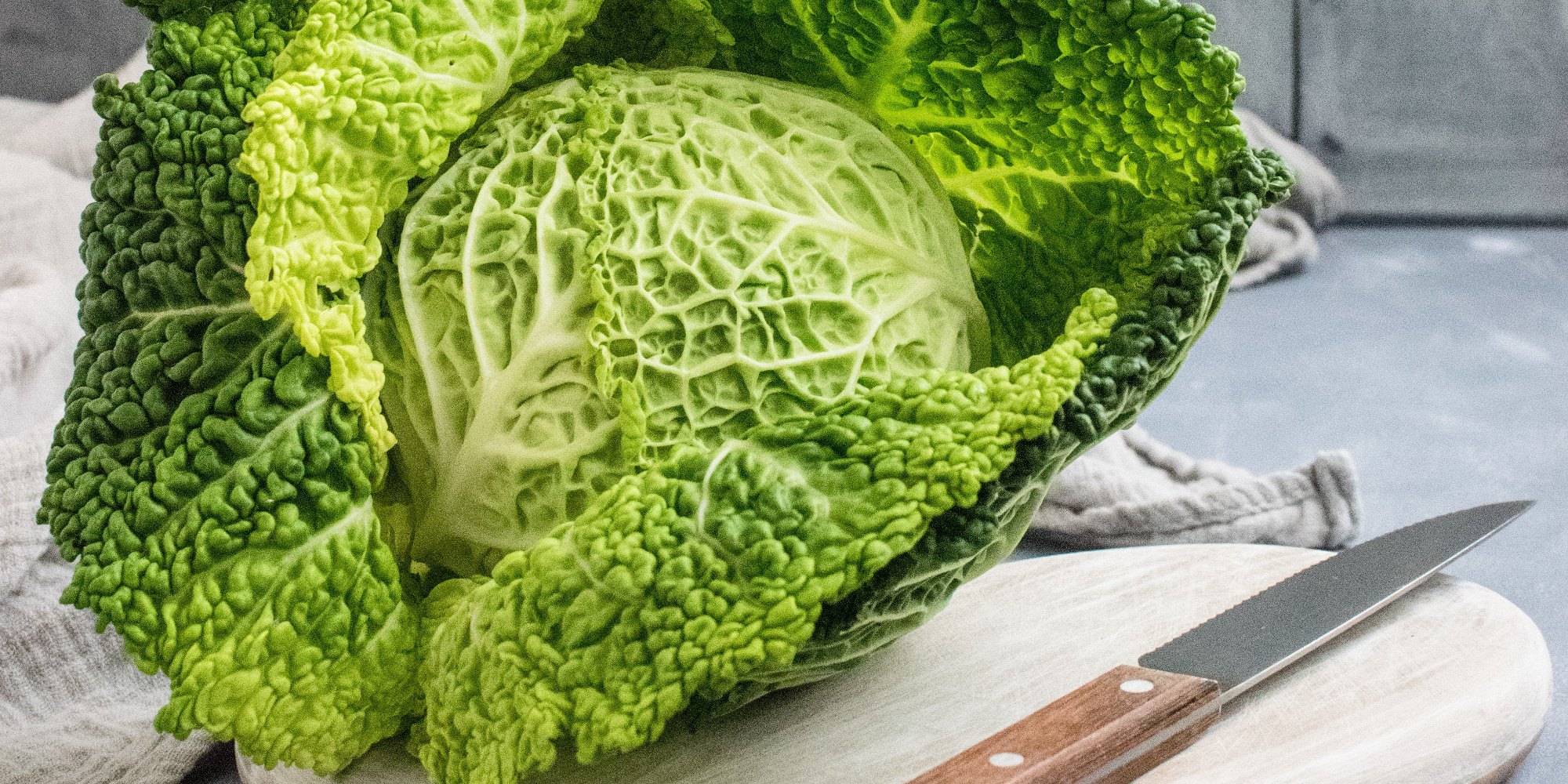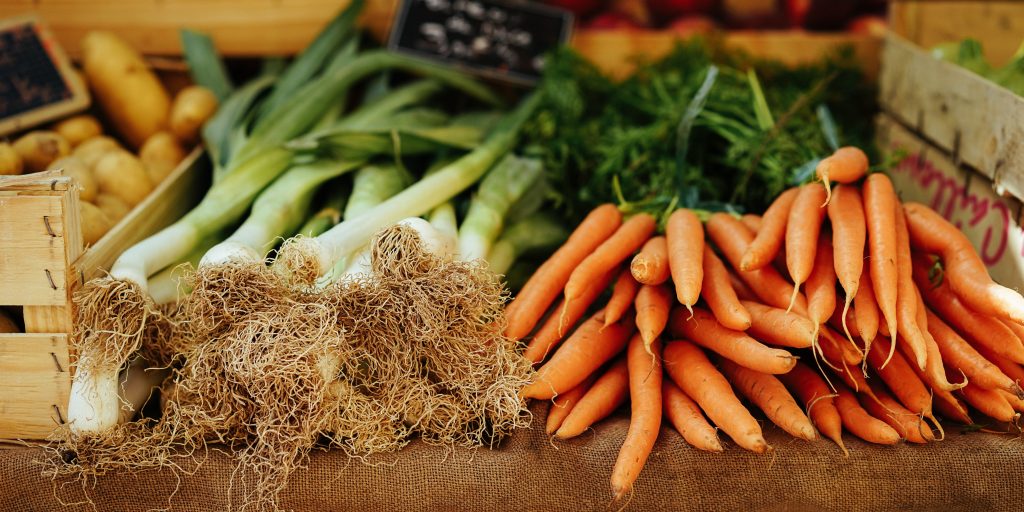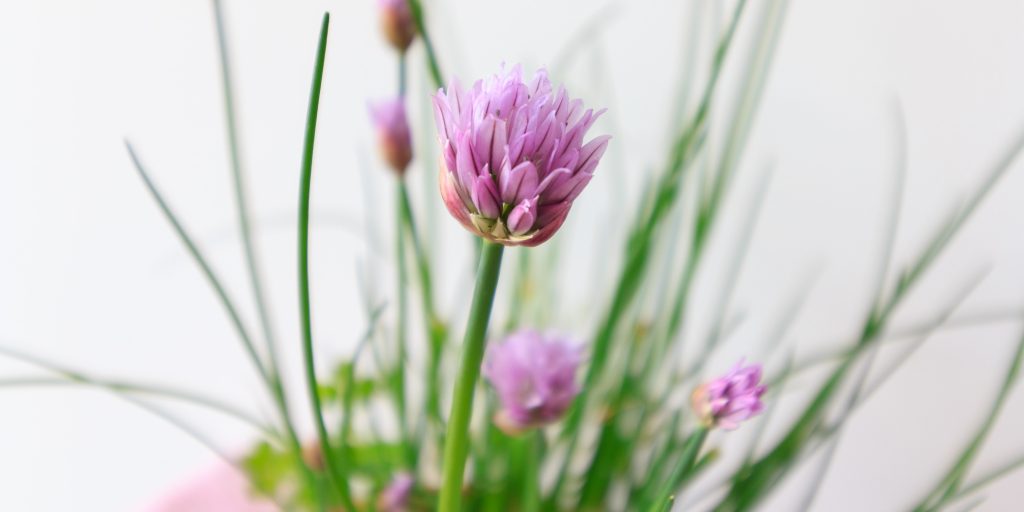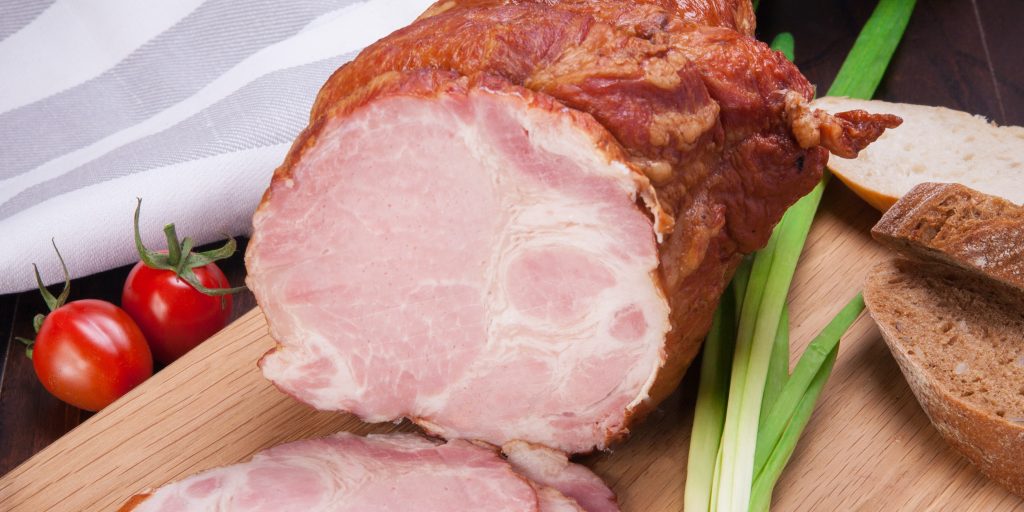
Eating Local Cabbage
I love fresh local cabbage salad. Adding cabbage to salads gives it a good crunch and a bit of a peppery flavor. It holds up well with salad dressings and offers a great backdrop to other seasonal vegetables or fruit.
The secret to a good salad, in my opinion, is to cut everything into bite sized pieces. Then you can use a spoon to eat more efficiently, with more variety in each bite. The more types of vegetables, the better.
Cabbage is crunchy yet a bit rubbery. Some have a more peppery bite than others. Local cabbage is great raw, as coleslaw, in stir fries, and delicious as sauerkraut or kimchi.
Growing and Buying Local Cabbage
Cabbage is a cool weather crop, so you’ll find local cabbage in early summer and in the fall. Seeds should be started indoors in early spring or directly in the garden in mid-summer.
Cabbage is a medium feeder and likes a lot of water. It has many pest problems, so is best to be rotated each year to new beds.
Harvest cabbage when heads are firm, then store in the fridge for up to 2 weeks. Eat spring cabbages, but store fall cabbages once the weather is cool.
There are over 400 varieties of cabbage out there, but you’ll see four regularly.
Purple/red cabbages take longer to mature, so they are not as tender as the green cabbages. They can be used in all green cabbage recipes, but the color may leach out. Often they have a bit deeper, more earthy flavor.
Savoy cabbage is from Italy, and has deep crinkly leaves. It is sweeter and softer than the green and red cabbages. It is better for stuffed cabbage recipes because it is softer, but also good in coleslaw.
Napa cabbage is often called Chinese cabbage. It is oblong with frilly leaves, and has a mild flavor. You’ll find it in Asian stir fries and kimchi.
Preserving Local Cabbage
The easiest and cheapest way to store local cabbage is in a root cellar. If you can meet the 32-40F temperature requirements, cabbage can keep a long time.
My favorite way to store my local cabbage is through fermentation. Homemade sauerkraut is an easy ferment to start with. You just need salt and cabbage.
I’ve had great luck making sauerkraut in mason jars, without any extra equipment. You don’t need weights or an airlock, just a clean jar with a loosely fitting lid. Pack the kraut down each day under the brine with clean hands, and you will have sauerkraut soon.
You can stick with salt and cabbage in your sauerkraut, or you can experiment. Try pepper flakes, fruits, different spices. Grate in some carrots or other root vegetables. Have fun!
Local Cabbage Recipes
I love cabbage in a salad with a honey chipotle dressing. Bite sized cabbage, greens, tomatoes, cucumbers, peppers. I throw some pumpkin seeds on and eat it as a meal!
My family really enjoys this Yakisoba Chicken recipe. I do too, as we always have the ingredients on hand, and I can spice it up with extra Sriracha. Few ingredients means easy meals!
If you don’t have the soba noodles for Yakisoba, you can easily substitute linguine. When I don’t have chili paste, I use sriracha, which I always have on hand. You don’t need fancy ingredients to make Yakisoba Chicken.
I originally made this coleslaw recipe to put on pulled pork sandwiches. It’s also fabulous on fish tacos, adding a delicious crunch. Add some chipotle mayo to your tacos for extra flavor!
Cabbage Trivia
Cabbage has been cultivated for at least 4000 years. In fact, it’s one of the oldest cultivated foods out there.
Red cabbage’s color changes with acidity levels. When more acidic, it is redder, when more basic, it’s blue. It isn’t a long lasting dye, but you can dye Easter eggs with it!
Sauerkraut, a though a German word, originally came from China. It was used as a source of vitamin C on long sea journeys to stop scurvy.





